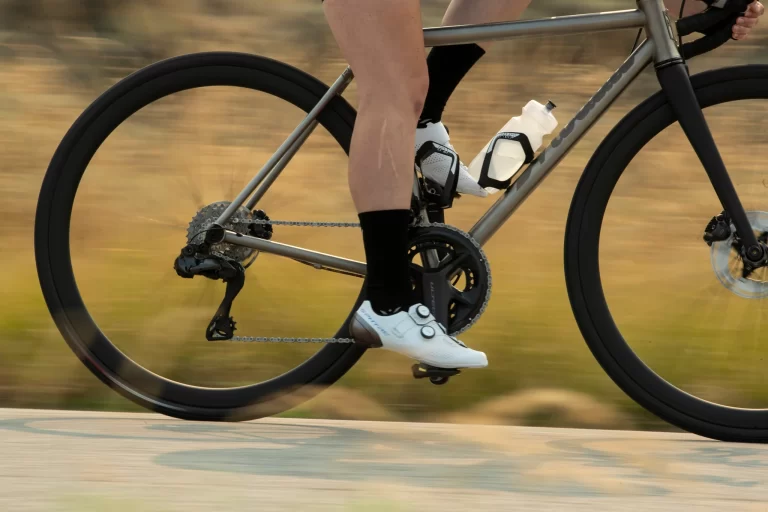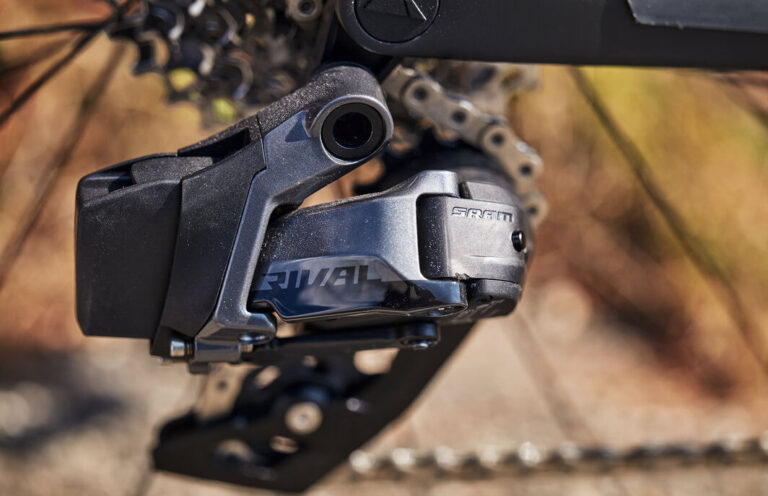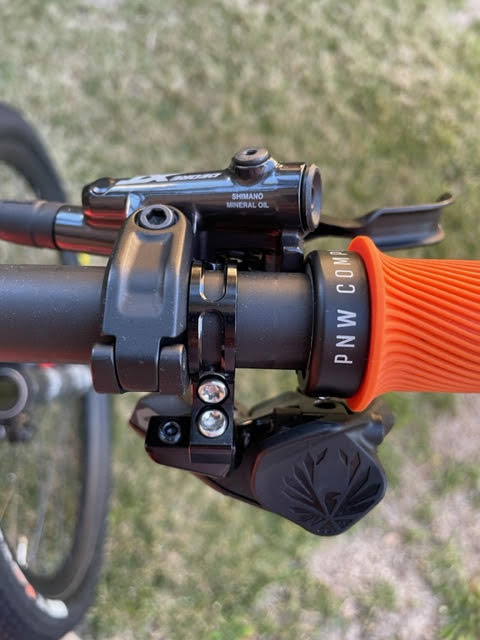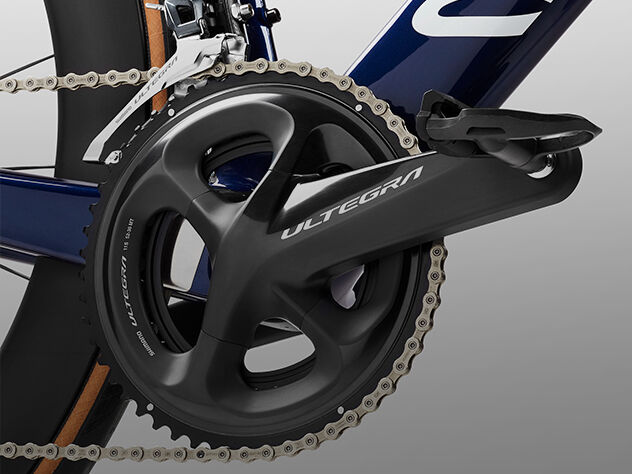Integrating Power Meters with Groupsets: A Cyclist’s Guide
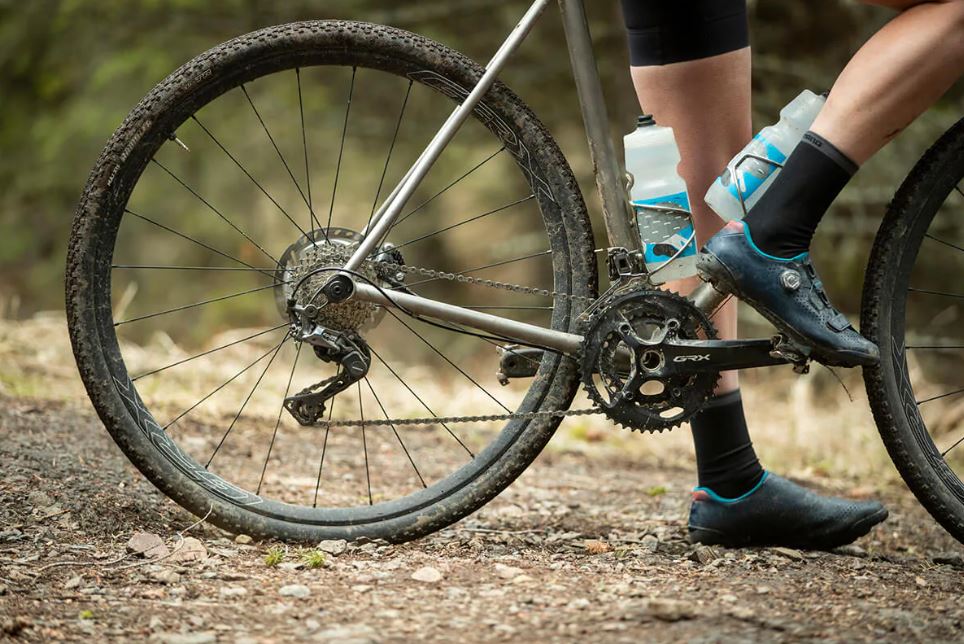
Key Point Summary of Integrating Power Meters with Groupsets:
- Integration of Power Meters and Groupsets: Power meters can be seamlessly integrated into various groupsets, enhancing data accuracy and cycling performance.
- Benefits: The main advantages include improved training precision, efficient power use, and better race day strategy.
- Compatibility: Ensure compatibility between the power meter and your bike’s groupset for optimal performance and data accuracy.
- Installation and Maintenance: Proper installation and regular maintenance are crucial for the longevity and accuracy of the power meter.
As someone deeply embedded in the cycling world, having raced and ridden across a spectrum of terrains and disciplines, I’ve come to appreciate the nuances that can elevate a cyclist’s performance. One such game-changer has been the integration of power meters with bike groupsets. This advancement isn’t just for the pros; beginners and mid-level cyclists can also significantly benefit from the insights offered by power meters. Let’s dive into how this integration works and the myriad benefits it brings to our cycling experiences.
The Fusion of Power Meters and Groupsets
A power meter measures how much power you’re exerting on the pedals in watts, giving you a clear picture of your effort regardless of conditions like wind or terrain. When integrated with your bike’s groupset — the collection of components that make up the drivetrain and braking system — it offers a seamless experience that enhances both training and performance.

Why Integrate?
The integration brings a level of precision to training that was previously hard to achieve. By analyzing the data from your power meter, you can tailor your training sessions to improve specific aspects of your performance, such as endurance or sprint power. Additionally, it helps in pacing during both training and races, ensuring you’re using your energy efficiently.
Compatibility Is Key
Not all power meters will fit with every groupset. Before investing, it’s crucial to check compatibility. Some power meters are built into the crankset, pedals, or even the hub of the rear wheel. Brands like SRAM, Shimano, and Campagnolo offer groupsets that are compatible with various power meters, but it’s always best to double-check.
Installation and Ongoing Care
Correct installation is paramount. While some cyclists feel comfortable setting up their power meters, I recommend getting help from a professional to ensure accuracy. Regular maintenance, such as firmware updates and battery checks, will keep your power meter running smoothly and ensure the data you’re collecting is reliable.
Personal Insights
Reflecting on my own journey, integrating a power meter with my bike’s groupset has revolutionized my training. Early on, I relied heavily on feel and heart rate, which, while valuable, didn’t always provide the full picture. The shift to training with power allowed me to quantify my efforts and make tangible improvements in my performance.
One particular anecdote comes to mind when I first integrated a power meter into my cyclocross setup. Initially skeptical about its utility in such a dynamic discipline, I was amazed at how it transformed my approach to training and racing. The ability to analyze my power output on different sections of a course helped me identify areas for improvement and fine-tune my efforts during races.
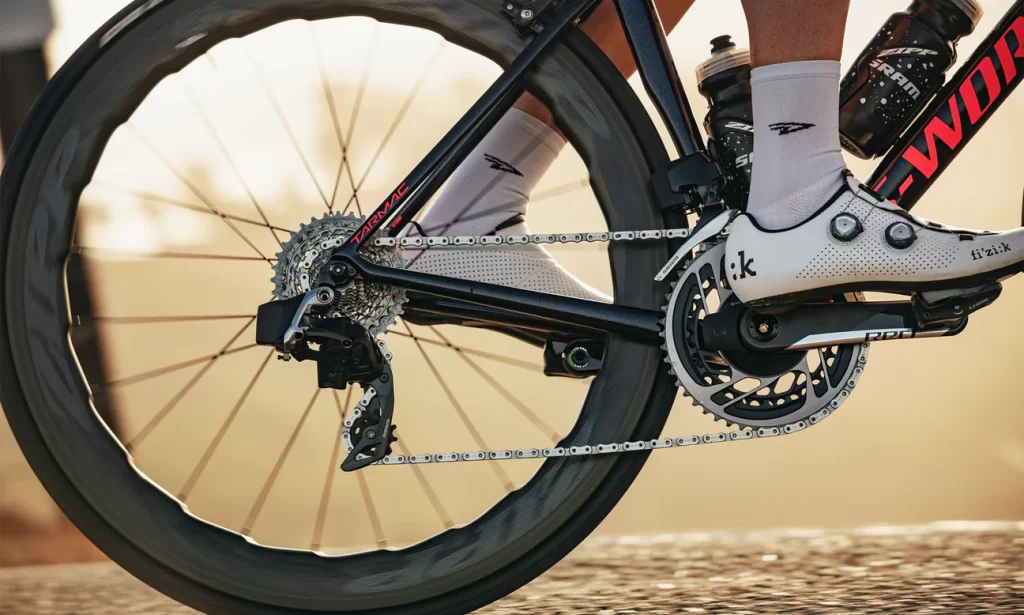
The Benefits Unfold
Beyond personal growth, the integration of power meters with groupsets benefits cyclists in several ways:
- Tailored Training: Power data allows for highly specific training programs, targeting weaknesses and building on strengths.
- Efficiency: Understanding how to use your power efficiently can lead to significant improvements in endurance and speed.
- Race Strategy: Real-time power data during races can inform when to push harder or conserve energy, making for smarter race strategies.
Integrating Power Meters with Groupsets: Empowering Your Ride
Integrating a power meter with your bike’s groupset is more than just a tech upgrade; it’s an investment in your cycling journey. Whether you’re a beginner looking to get serious about your training or a seasoned racer seeking that competitive edge, the insights provided by a power meter can be transformative.
The journey from curiosity to integration taught me the value of data-driven training and its impact on performance. As you consider integrating a power meter with your groupset, remember that the most significant benefit is the understanding and improvement of your unique capabilities as a cyclist. Here’s to empowered riding and reaching new heights on every ride.
Power meters that allow for seamless integration with bike groupsets offer a wide range of options, catering to various preferences and requirements. Here are some notable models and brands that are known for their compatibility and integration capabilities with different groupsets:
- Quarq DZero: Compatible with SRAM groupsets, Quarq’s DZero power meter is integrated into the crankset and offers compatibility with a wide range of chainring options. It’s known for its accuracy and reliability.
- Shimano Dura-Ace R9100-P: Specifically designed for Shimano groupsets, this power meter is built into the crankset and provides highly accurate power data. It’s seamlessly integrated, maintaining the aesthetic and performance characteristics of the Dura-Ace line.
- 4iiii Precision: Offering models that can be installed on existing crank arms, 4iiii Precision power meters are compatible with a wide variety of groupsets including Shimano, SRAM, and more. They’re known for their lightweight design and affordability.
- Stages Cycling Power Meters: Stages offer left crank arm, dual-sided, and spindle power meters that are compatible with many groupsets including Shimano, Campagnolo, and SRAM. They’re easy to install and known for their accuracy.
- Garmin Vector 3: These pedal-based power meters offer the advantage of easy transfer between bikes and compatibility with a variety of groupsets. The Vector 3 measures power at the pedal, where force is applied, providing detailed data.
- SRAM RED AXS Power Meter: Designed as part of SRAM’s AXS ecosystem, this power meter offers direct integration with SRAM’s electronic groupsets. It’s known for its precision and the ability to provide advanced cycling dynamics.
- Pioneer Power Meters: Though Pioneer announced its exit from the cycling business, their power meters, which integrate into Shimano cranksets, are still highly regarded for their detailed power analysis and compatibility.
- Rotor INpower and 2INpower: Rotor’s power meters are designed for integration with their own cranksets and are compatible with a variety of groupsets. They offer unique features like the measurement of power in the left leg (INpower) or both legs (2INpower).

When choosing a power meter for integration with your groupset, consider factors such as compatibility, installation requirements, data accuracy, and how the power meter communicates with your cycling computer or smartphone app. This will ensure you select a power meter that fits your specific training needs and groupset configuration.
FAQ
Can you add a power meter to SRAM force?
Yes, you can add a power meter to SRAM Force. Look for models compatible with the SRAM Force crankset, such as Quarq’s DZero.
Can I use Zwift with a power meter?
Yes, you can use Zwift with a power meter. Zwift can connect to your power meter via Bluetooth or ANT+ to measure your performance in real-time.
Can you put a power meter on a spin bike?
Yes, you can put a power meter on a spin bike, but compatibility depends on the spin bike’s crankset or pedals. Pedal-based power meters are often the easiest to fit on various spin bikes.
How do I connect my SRAM power meter to my Garmin?
To connect your SRAM power meter to your Garmin, ensure both devices are ANT+ compatible, then go to your Garmin’s sensor settings, select “Add New,” and search for your power meter. Follow the on-screen instructions to pair them.
Ride on
John
